Clik here to view.

With another bitter and icy dry winter over in Korea, the emergence of the short but pleasant spring season is being warmly welcomed by people across the peninsula. With all my vacation days used during the winter breaks, trips are now limited to within the country until my contract ends in June (I won’t be renewing, but that is another blog story, one I’m not sure I will write…). With the football season in Korea having begun it is a little difficult to find the time for more cultural trips, but so far I have managed to make two rather pleasing, and interesting ones.
Several weeks back, when I wasn’t quite sure if spring had arrived and the sky was a deceptive bright sky blue, I went to Haedong Yonggungsa with Miju. Whilst most Buddhist temples in Korea can be found in the mountains, this one is perched precariously on the rocks that greet the East Sea, just north of Busan.
After taking a taxi to nearby Songjeong beach we walked the last few kilometres to the temple and joined a large queue of visitors that begun by a row of statues, each representing an animal from the Chinese Zodiac. As people queued they snapped pictures with the animal that represents their year of birth. The queue continued, snaking down a tight, sometimes steep and winding path to the temple grounds. On the way you could make offerings at different shrines, give Buddha’s belly a rub (this would bring you a son if you were looking to have a child) and be generally frustrated by queue jumpers and the pace of those in front.
Image may be NSFW.
Clik here to view.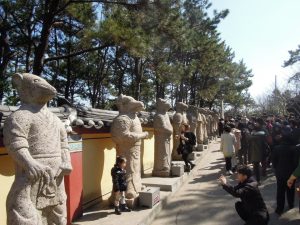
Image may be NSFW.
Clik here to view.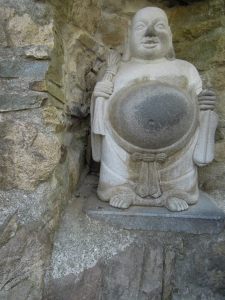
The temple itself is reached by crossing a bridge over an inlet in the rocks. The temple grounds are not as big as some that I have visited in Korea. I think the charm lies in the location, rather than the beauty of the actual temple. A large golden Buddha dominates the main area, glistening in the early spring sunshine. There is a small underground cave, some temple buildings and a few other statues to check out. The most impressive feature was the piles of rocks that were arranged on the cliff face above the temple grounds. Accessing this area required some sneaky hiking through the woods behind and past some locked gates, but it was definitely worth the adventure as the view over the temple was wonderful and the peacefulness that the tops of the cliffs brought was relief from the packed temple, queues and the jostling for photo opportunities.
Image may be NSFW.
Clik here to view.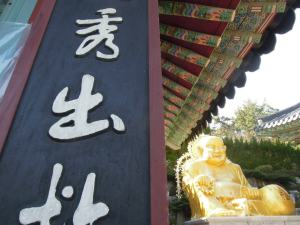
Image may be NSFW.
Clik here to view.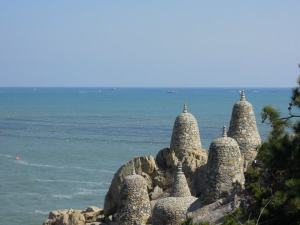
Image may be NSFW.
Clik here to view.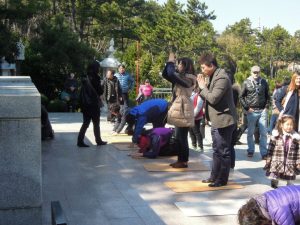
Image may be NSFW.
Clik here to view.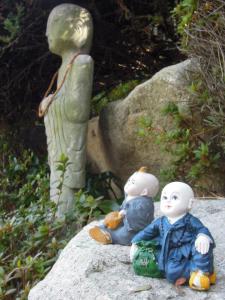
Image may be NSFW.
Clik here to view.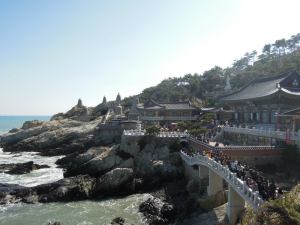
As we exited the temple we briefly crossed away from the temple and further round the cliff face. We encountered a group prayer session taking place and a smaller golden Buddha where people were praying as well as gaining a view around the peninsula to the north. We left satisfied with our expedition and began our walk back to Songjeong to enjoy a walk down the beach, avoiding flocks of seagulls and kite enthusiasts.
Image may be NSFW.
Clik here to view.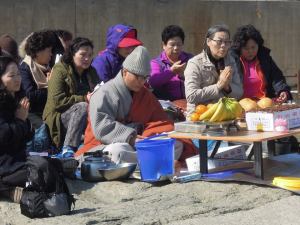
Image may be NSFW.
Clik here to view.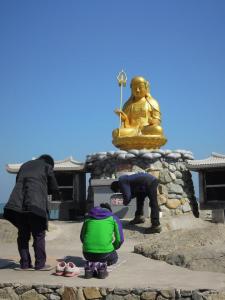
Image may be NSFW.
Clik here to view.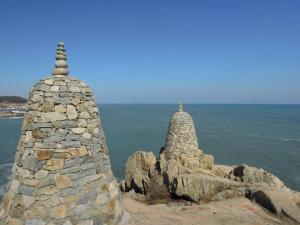
Image may be NSFW.
Clik here to view.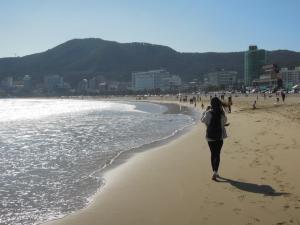
Image may be NSFW.
Clik here to view.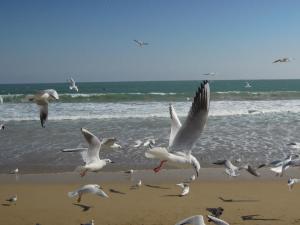
After a couple of weeks of football for me. Miju and I decided to take a trip to the countryside. With the air temperature slowly creeping up and the cherry blossoms beginning to open we decided to travel to Jeollanam-do to enjoy some Korean countryside.
Our journey began on the bus early on Saturday evening. We left Sasang and traveled to Gwangyang, a small city on the south coast. Our plan was to attend the Gwangyang Maehwa Festival. “Maehwa” is an apricot tree and the attraction at this time of year is the flower that blossoms on the tree before the apricots begin to grow in the summer. After staying overnight in one of the few hotels in Gwangyang we took a local bus service to Seomjin village where the festival would be held. The bus journey took us along the wide and scenic Seomjin River until we hit slow moving traffic approaching the village. The consensus amongst the increasingly impatient people on the bus was to exit early and enjoy a riverside walk.
Image may be NSFW.
Clik here to view.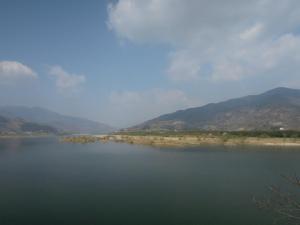
As we entered Seomjin village we grabbed a quick bite to eat and observed some truly country folk. Apart from the buggy with the dog in a tin hat that was driving around there was also an old man in a bikini dancing to some repetitive folk music. A few inebriated, or not, middle aged people joined in, forgetting their dignity and letting their hair down like some young ravers.
Image may be NSFW.
Clik here to view.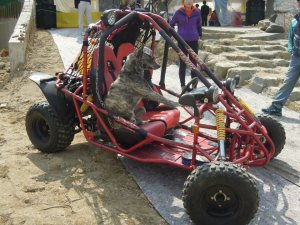
Image may be NSFW.
Clik here to view.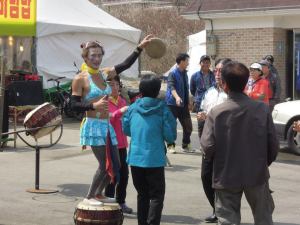
The Maehwa trees lie on the slopes of the mountainous valley. We walked up the main entrance to the opened farmland and explored. The lower slopes held farm buildings, large ceramic pots for collecting and possibly fermenting the apricots into wine and many temporarily erected oyster restaurants, another delicacy of the region. As we explored further up the farmland the apricot blossom on the trees grew thicker and the people encountered grew thinner (in number not physical size!) We took photos, enjoyed the fabulous panoramic views of the area, enjoyed some locally made “omija cha” (five berry tea) and basked in the freshness of the spring air.
Image may be NSFW.
Clik here to view.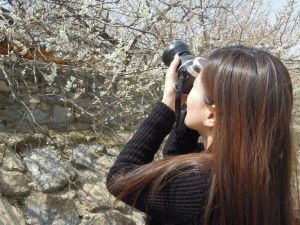
Image may be NSFW.
Clik here to view.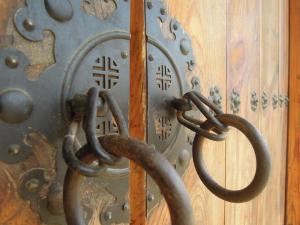
Image may be NSFW.
Clik here to view.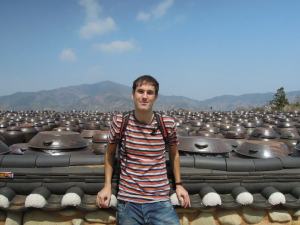
Image may be NSFW.
Clik here to view.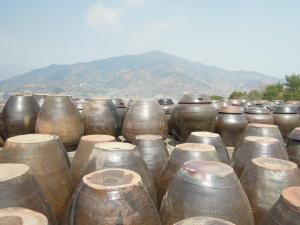
Image may be NSFW.
Clik here to view.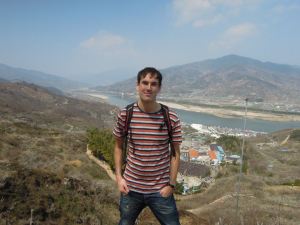
Image may be NSFW.
Clik here to view.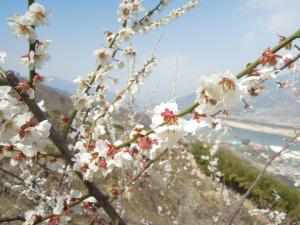
Image may be NSFW.
Clik here to view.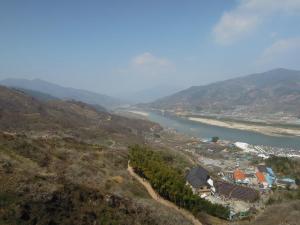
Image may be NSFW.
Clik here to view.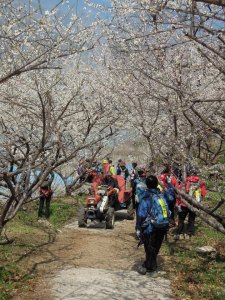
Image may be NSFW.
Clik here to view.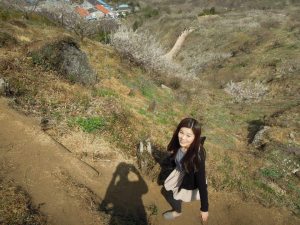
Image may be NSFW.
Clik here to view.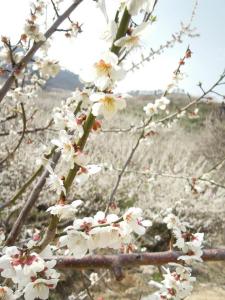
Image may be NSFW.
Clik here to view.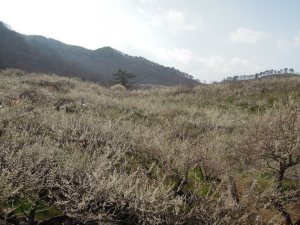
As the end of our day in Seomjin approached we walked down the farmland slopes and took in a local drum performance laid on by some women dressed in traditional attire. The bikini man would have approved of their skills had he ventured up this far. We jumped on the bus back to Gwangyang and hung out in a derelict train station with some agitated dogs as we waited for the next bus back to the murky skies of Busan…
Image may be NSFW.
Clik here to view.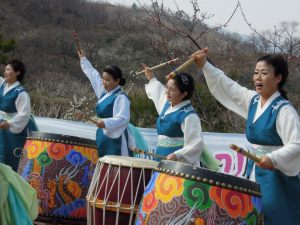
Image may be NSFW.
Clik here to view.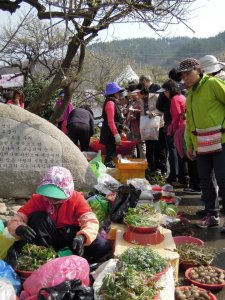
Image may be NSFW.
Clik here to view.
Clik here to view.
